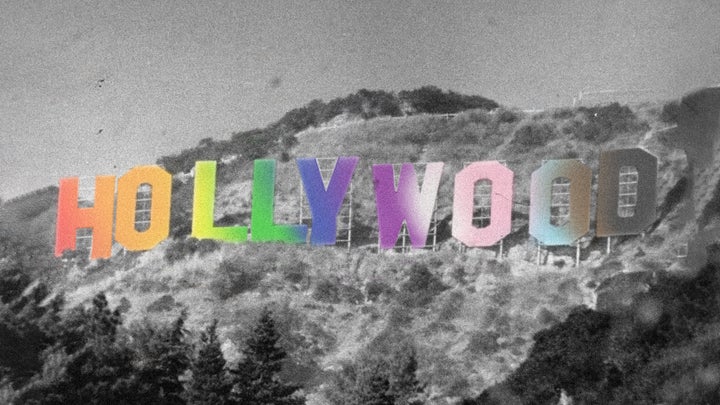
The percentage of LGBTQ major characters on broadcast TV networks reached a record high in the 2021-22 season, one of several signs of progress in a new report from GLAAD. Released Thursday, the advocacy organization’s annual study, “Where We Are on TV,” illustrates how far LGBTQ representation on TV has come over the last few years. At the same time, the gains have often been clustered on a handful of shows, demonstrating a lot of missed opportunities to tell fuller stories about a wider range of LGBTQ characters.
Nearly 12% of leading characters on the five major broadcast TV networks (ABC, NBC, CBS, Fox and the CW) this season are LGBTQ, according to the report. That marks an increase from last year’s 9.1%, as well as the previous record high of 10.2%, set during the 2019-20 TV season. In addition, more than half of those LGBTQ characters are people of color, also a new record high.
Broadcast surpassed both streaming and cable in racial diversity among LGBTQ characters. On streaming, 49% of LGBTQ series regular and recurring characters are people of color. On cable, just 45% of LGBTQ characters are people of color, a decrease from 52% last year.
TV overall is starting to better reflect racial diversity among queer characters. However, when looking closer at specific racial and ethnic groups, representation of Latinx LGBTQ characters, for instance, is still severely below that of the U.S. population.
GLAAD’s researchers also found gains in gender diversity. For the first time in the study’s history, the majority of LGBTQ characters on broadcast TV shows this season are lesbian. And in another encouraging pattern, several new network shows this year have featured LGBTQ women of color, like ABC’s “Queens” and Fox’s “Pivoting.” Lesbian characters also now make up the majority of LGBTQ characters on cable, including on shows like Showtime’s “The L Word: Generation Q” and “Yellowjackets.”
But in many key areas, TV creators and executives are still falling short and missing opportunities to tell a wider range of stories about LGBTQ characters. For example, only 2.8% of LGBTQ characters, or 22 out of 775, on broadcast shows were disabled, down from 3.5% last year. Both numbers are nowhere close to reflecting the many millions of Americans with disabilities.
In addition, more than 1 million Americans live with HIV. But they rarely, if ever, get to see their experiences represented on TV. According to the study, only two TV characters on any scripted show have HIV, and both are recurring characters, not leads. Last year, there were three TV characters with HIV, all of whom were on the groundbreaking FX series “Pose.”
The huge success of “Pose,” which ended its acclaimed run in 2021, is part of another trend that GLAAD’s researchers have identified over the years. Historically, progress on LGBTQ representation has often been clustered on a handful of TV shows from a handful of TV creators (who are often LGBTQ themselves), networks and platforms. For instance, almost half of all LGBTQ characters on this year’s cable shows are from three networks: Showtime, Freeform and FX.
Since 2015, GLAAD has tracked LGBTQ representation on Amazon, Hulu and Netflix. This year, it added Apple TV+, Disney+, HBO Max, Paramount+ and Peacock. Of those newer streaming platforms, the researchers wrote that HBO Max “has quickly built a reputation for standout LGBTQ-inclusive comedy series,” such as “Hacks,” “Sort Of” and “The Sex Lives of College Girls.”
GLAAD also found that overall, streaming platforms have far surpassed broadcast and cable networks in portraying transgender characters. On streaming shows this year, there were 26 trans characters, “triple the number of characters appearing on either broadcast or cable,” according to the report.
Over on broadcast TV, few shows feature a central LGBTQ protagonist, the report found. Instead, many shows “include one LGBTQ character among a group of several straight, cisgender characters.” Similarly, more shows have featured multiple queer characters among their ensembles, such as NBC’s “Brooklyn Nine-Nine,” ABC’s “Grey’s Anatomy” and the CW’s “All American.” But cable and streaming are more likely to have ensemble casts in which LGBTQ characters are the majority.
“Every platform must be deliberate in seeking inclusive and diverse programming as they look towards renewals and new slates, ones that fully reflect their audience which includes a quickly growing LGBTQ population,” the researchers wrote in the report.
Read GLAAD’s full study here.
